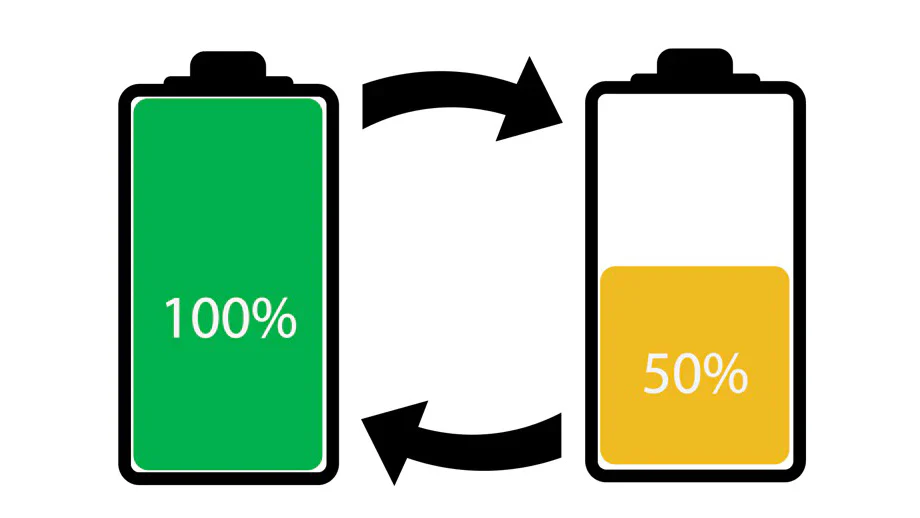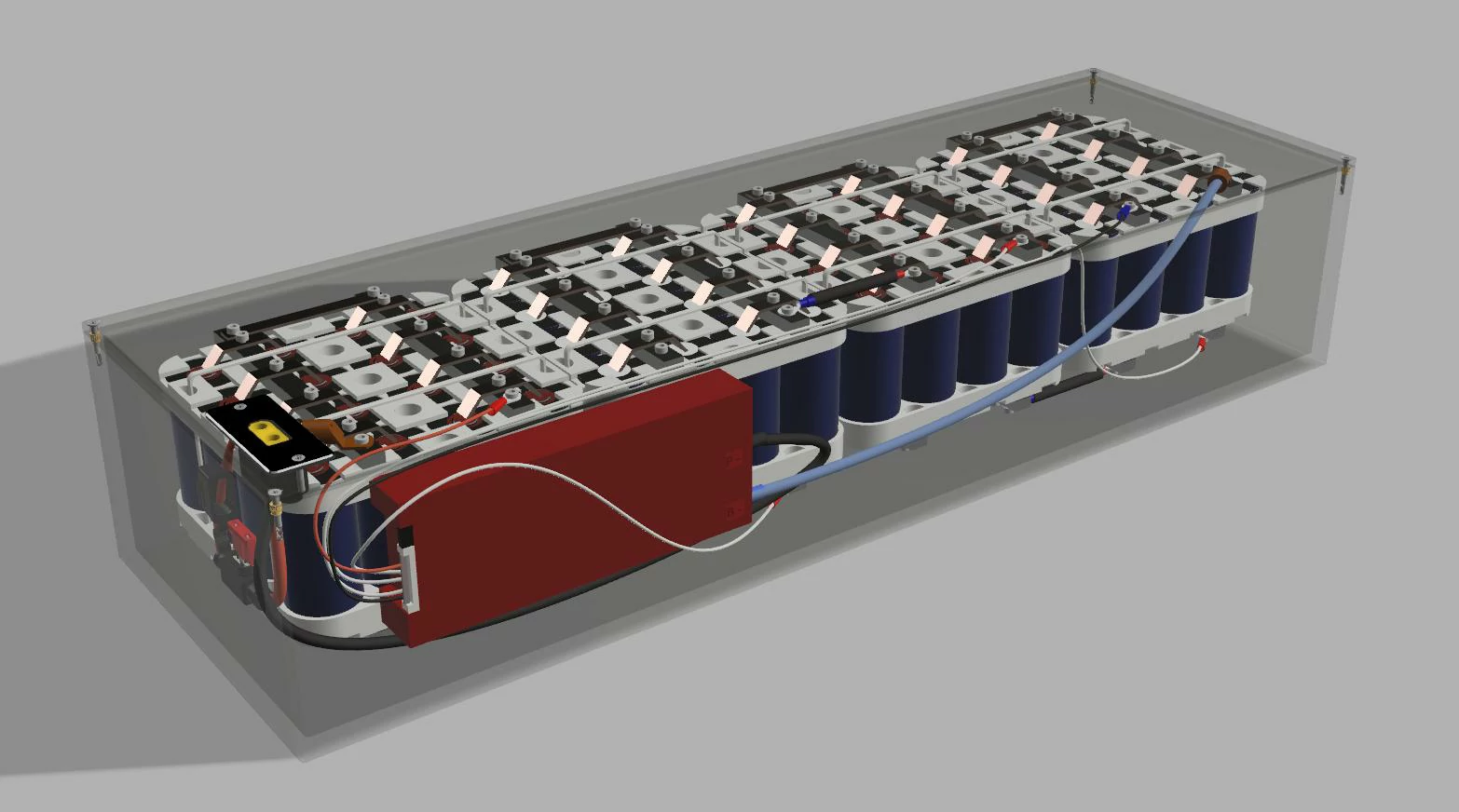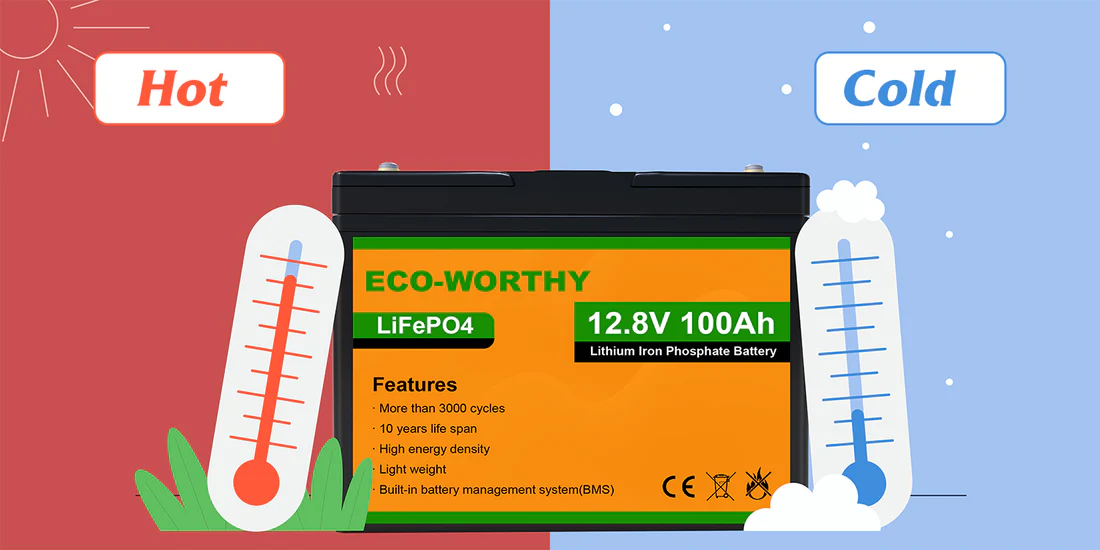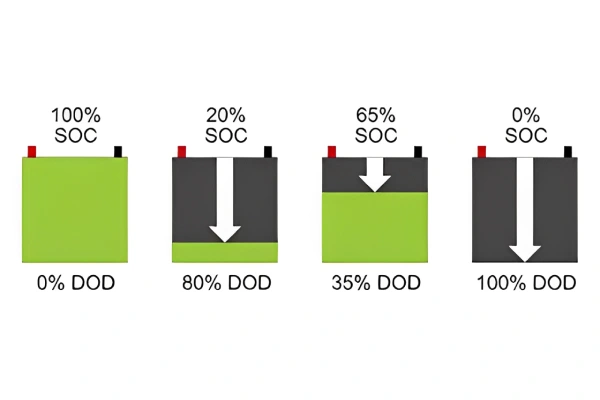Compared with PVC, what are the advantages of epoxy resin...
EPS technology: battery cycle life
In the emergency power supply (EPS) system, the battery cycle life is a key performance index, which is directly related to the reliability and economic benefits of the battery. This article will explore the cycle life of batteries used in EPS systems, in particular the cycle life technology of LiFePO4 (lithium iron phosphate) batteries.
main content
definition
Cycle life refers to the number of charge and discharge cycles that the battery can withstand before the battery capacity drops to a specified value under a certain charge and discharge system. This parameter is crucial for evaluating the performance and service life of the battery.
LiFePO4 battery cycle life
LiFePO4 batteries are favored for their long cycle life and high stability. Under ideal conditions, LiFePO4 batteries can withstand 2,000 to 7,000 charge and discharge cycles before significant degradation occurs. This extended service life is attributed to the chemical stability and durability of lithium iron phosphate batteries.
Factors affecting cycle life
The depth of charge and discharge has a significant effect on the cycle life of the battery. The shallower discharge depth has a positive effect on the battery cycle life, and the lower DOD can significantly extend the battery cycle life.
The operating temperature of a battery has a profound effect on its performance and cycle life. High temperatures speed up chemical reactions within the battery, leading to faster degradation and lower capacity retention. Conversely, low temperatures hinder the mobility of ions in the electrolyte solution, limiting energy flow and reducing overall efficiency.
Charging rate (C-rate)
C-rate is a parameter that measures the rate at which a battery is charged and discharged. Faster charging rates can lead to extra heat inside the battery, which can affect the battery's long-term performance.
Cycle frequency
Frequent charge and discharge will cause the cycle life of the battery to decrease. If repeated charging and discharging in a short period of time, the battery will be permanently superimposed aging.
Battery material
The battery's chemical composition and structural design largely determine its cycle life. The use of high-quality lithium-ion materials, such as cobalt-based or nickel-cobalt-manganese oxide (NCM), often significantly improves battery cycle life.
CONCLUSION
LiFePO4 batteries play an important role in EPS systems due to their excellent cycle life and stability. By understanding and optimizing the factors that affect cycle life, the battery life can be effectively extended and the overall performance and reliability of the EPS system can be improved. With the advancement of technology, the cycle life of LiFePO4 batteries is expected to be further improved, providing more lasting and stable power support for EPS systems.
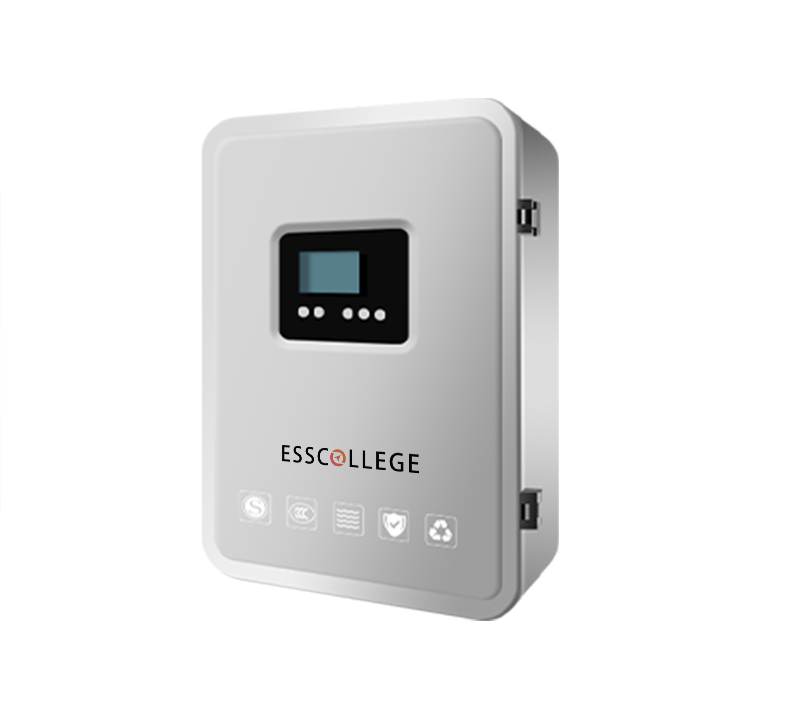
EPS BATTERY SERIES
The centralized power supply for fire emergency lighting is a kind of backup power supply equipment, which provides power guarantee for emergency lighting equipment to ensure that the on-site lighting equipment can operate normally in emergency situations such as fire. Provide a long-term backup power supply to meet the needs of the emergency lighting system.
Extended reading
EPS technology: battery cycle life
EPS technology: battery cycle life In the emergency power supply...
EPS technology: Shell material epoxy resin board +PVC
EPS technology: Shell material epoxy resin board +PVC The emergency...
EPS Technology: Battery type – LiFePO4
EPS Technology: Battery type – LiFePO4 In modern society, battery...
How is the cycle life of lithium iron phosphate batteries related to temperature changes?
How is the cycle life of lithium iron phosphate batteries...
What is the relationship between battery cycle life and depth of charge and discharge (DOD)?
What is the relationship between battery cycle life and depth...
THE ESSC Brand promise
Global supply
Our products sell well all over the world, covering many countries and regions, through the global logistics network, to provide customers with convenient purchasing experience.
Rigorous quality
We adhere to the highest quality control standards to ensure every product meets industry regulations and customer expectations, earning trust through consistent excellence.
Excellent service
With a customer-centric approach, we provide prompt responses, professional support, and personalized services, aiming to deliver the best user experience and long-term value.

